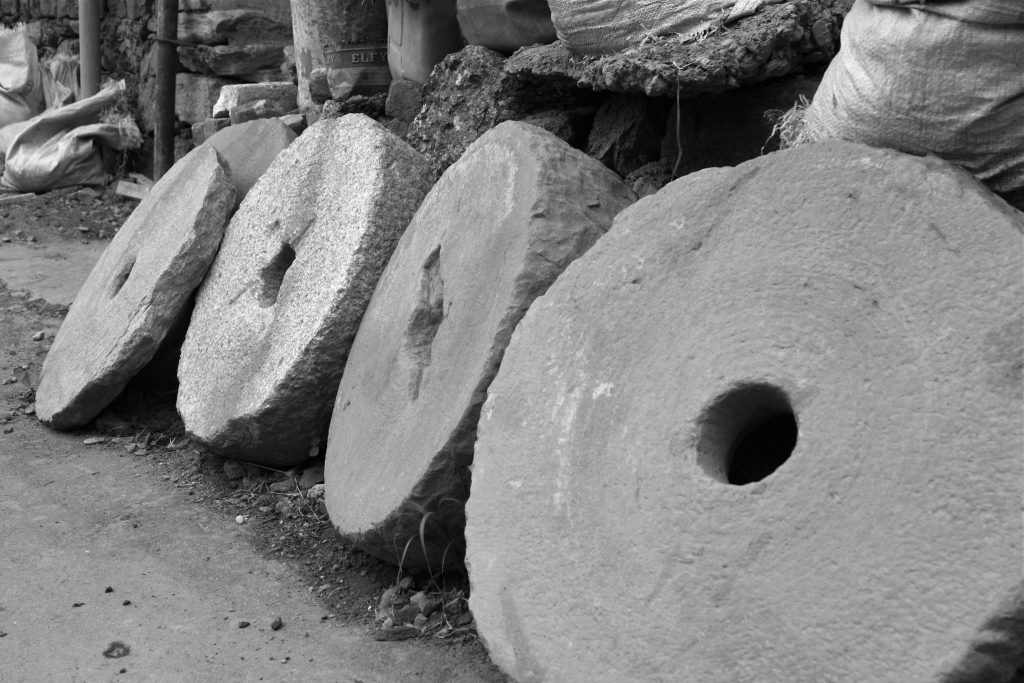The wheel stands as one of humanity’s most revolutionary inventions, transforming transportation, commerce, and civilisation itself. But how did this ingenious device come into existence? The answer lies in the ancient land of Mesopotamia, where the wheel was first conceived and implemented. In this blog post, we’ll explore why, what, when, where, and how the Mesopotamians invented the wheel, unraveling the fascinating story behind this timeless innovation.
Why Did the Mesopotamians Invent the Wheel?
The invention of the wheel in Mesopotamia was driven by practical necessity and the desire to improve efficiency in transportation and labor. Mesopotamia, located between the Tigris and Euphrates Rivers, was home to some of the world’s earliest civilisations, including the Sumerians, Akkadians, and Babylonians.
With the rise of agriculture and urbanisation in Mesopotamia around 3500 BCE, there was a growing need for transporting goods, materials, and people over long distances. The wheel offered a solution to this logistical challenge, allowing for the development of wheeled vehicles such as carts and chariots, which revolutionised trade, warfare, and everyday life.
What Was the Wheel?
The wheel, a circular device mounted on an axle, enabled smooth and efficient movement by reducing friction and distributing weight evenly. Early Mesopotamian wheels were typically made of solid wood, carved from a single piece of timber, and reinforced with metal rims for durability.
Initially, wheels were used primarily for transportation purposes, attached to carts pulled by animals or propelled manually. Over time, however, the wheel found applications in various other domains, including pottery production, irrigation systems, and even early forms of machinery.
When and Where Was the Wheel Invented?
The exact date and location of the wheel’s invention in Mesopotamia remain uncertain, but archaeological evidence suggests it emerged around 3500–3000 BCE in the southern region of Mesopotamia, known as Sumer. Excavations at sites such as Uruk and Ur have uncovered artifacts depicting wheeled vehicles and pottery wheels dating back to this period.
As Mesopotamian civilisation flourished, the use of the wheel spread rapidly across the region and beyond, reaching neighbouring cultures in the Near East and eventually influencing civilisations as far away as Egypt, the Indus Valley, and China.
How Was the Wheel Implemented?
The implementation of the wheel in Mesopotamia involved a combination of technological innovation, craftsmanship, and cultural exchange. Skilled artisans and craftsmen developed techniques for crafting sturdy, reliable wheels and axles, using locally available materials such as wood, metal, and animal hides.
The adoption of the wheel also necessitated the construction of suitable infrastructure, including roads, tracks, and bridges, to facilitate the movement of wheeled vehicles. Mesopotamian engineers and labourers undertook ambitious projects to improve transportation networks, linking cities, trade routes, and agricultural regions.
Moreover, the wheel spurred advancements in other areas of technology and industry, such as agriculture, manufacturing, and construction. By harnessing the power of the wheel, Mesopotamians were able to increase productivity, expand trade networks, and create more efficient systems of labor and production.
Legacy of the Mesopotamian Wheel
The invention of the wheel in Mesopotamia laid the foundation for countless innovations and developments that have shaped human history. From the chariots of ancient warfare to the carts of commerce, the wheel revolutionised transportation, communication, and the exchange of ideas.
Furthermore, the legacy of the Mesopotamian wheel endures in modern society, where wheeled vehicles remain indispensable for global commerce, transportation, and logistics. Whether in the form of automobiles, trains, or airplanes, the wheel continues to propel humanity forward, connecting people and cultures across continents and centuries.
In conclusion, the Mesopotamian invention of the wheel represents a pivotal moment in the trajectory of human civilisation. Through ingenuity, necessity, and collaboration, ancient Mesopotamians transformed a simple circular object into a cornerstone of technological progress and cultural exchange. As we marvel at the wheels of modernity, let us pay homage to the pioneering spirit of those ancient innovators who first set the world in motion.
